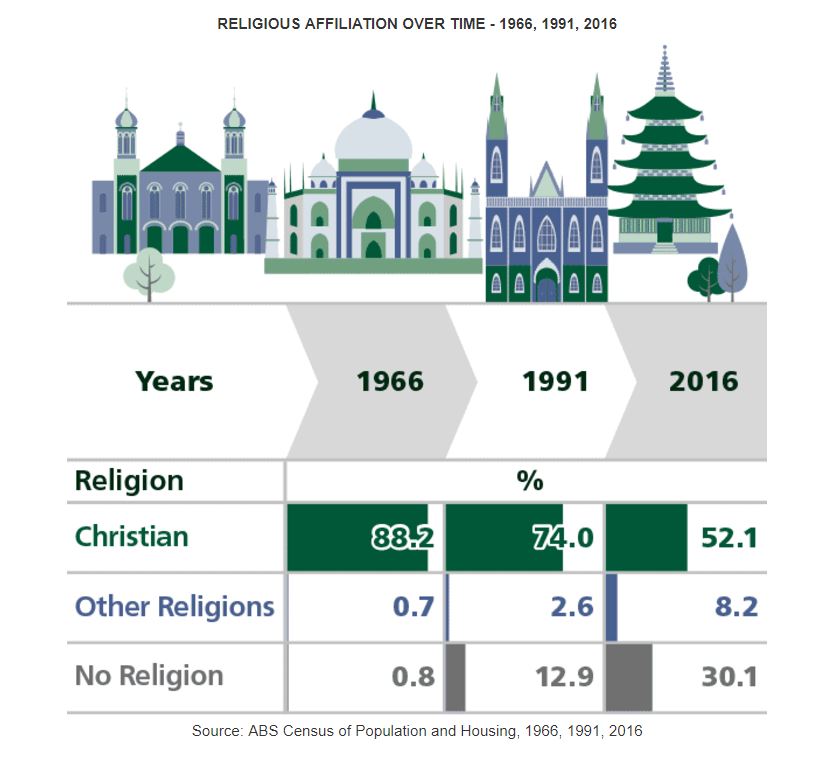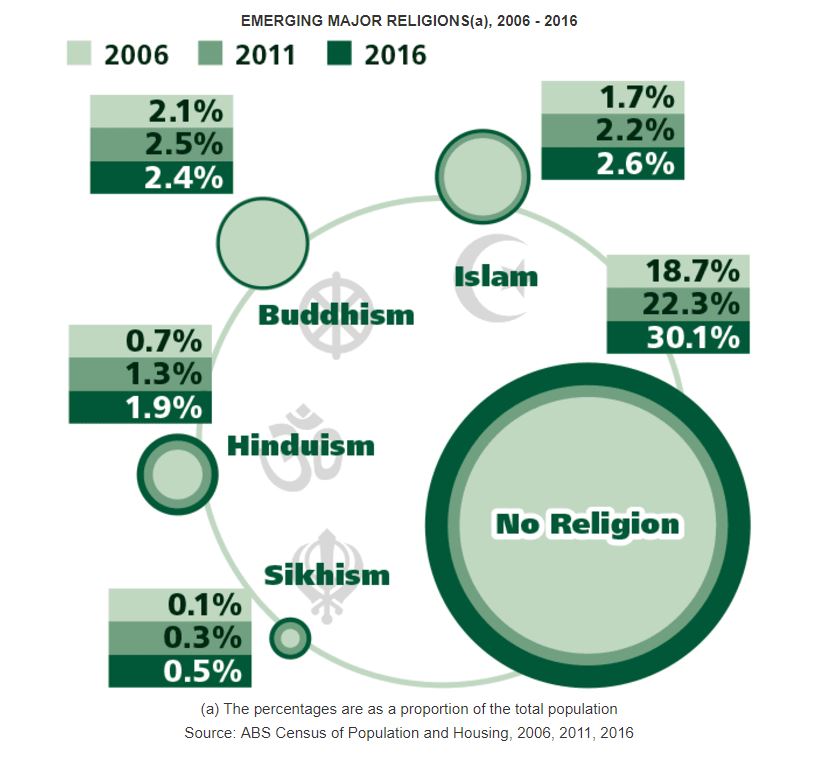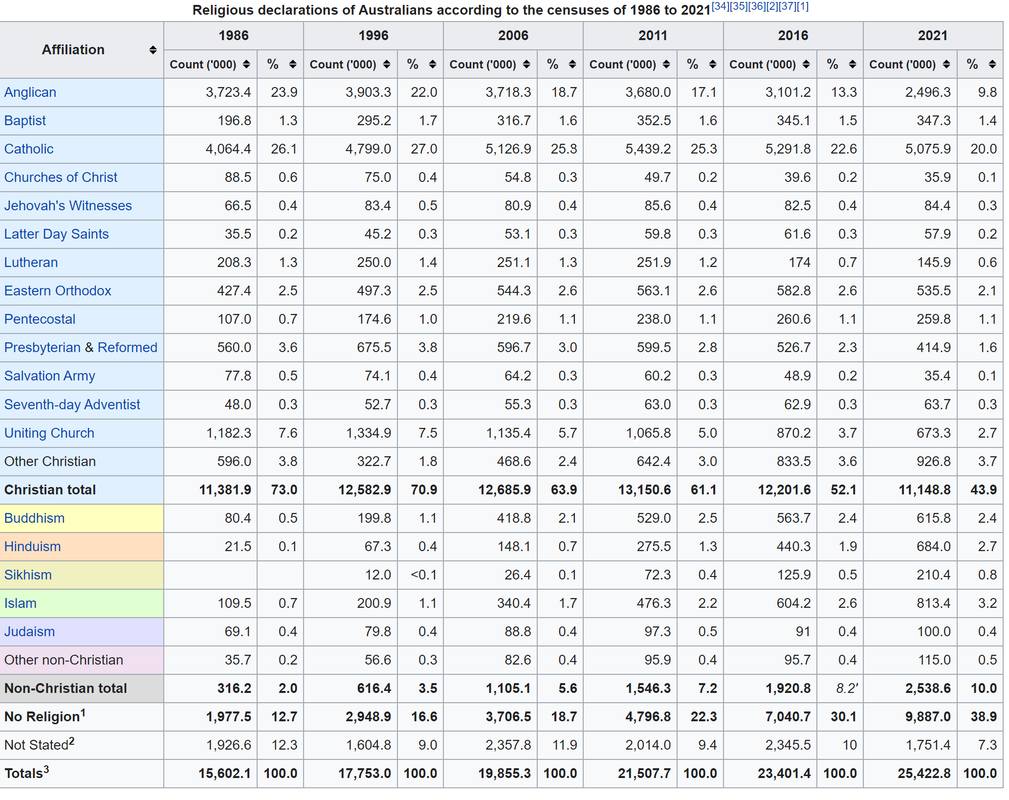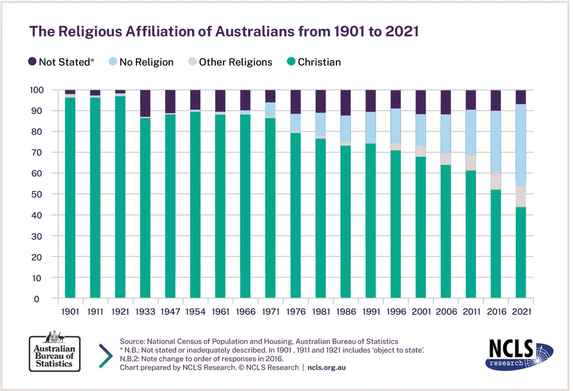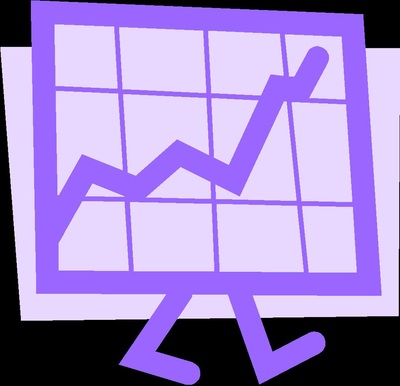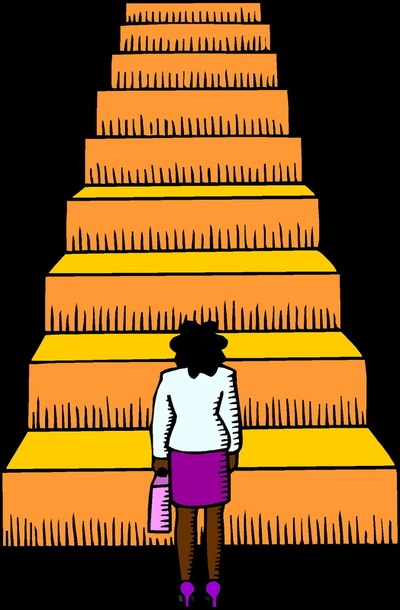Statistics of Religion in Australia
| Class Task - Graph and Analysis (DOCX) | |
| File Size: | 13 kb |
| File Type: | docx |
| Census 1901 - 2021.xlsx | |
| File Size: | 14 kb |
| File Type: | xlsx |
2022 Census Release - Sydney Morning Herald Article ("Sydney is losing its religion")
| Sydney is losing its religion article (DOCX) | |
| File Size: | 18 kb |
| File Type: | docx |
2022 Census Release - The Age Article ("Abandoning God: Christianity plummets as ‘non-religious’ surges in census")
| "Abandoning God" The Age 2022 (DOCX) | |
| File Size: | 19 kb |
| File Type: | docx |
Statistics
Commentary
Data and Commentary on 2021 Census
|
|
|
| Aussies may be losing their religion but not their need for hope and love (DOCX) | |
| File Size: | 133 kb |
| File Type: | docx |
Links to significant commentary on the statistics of religion in Australia from the 2021 Census
2021 Census shows changes in Australia’s religious diversity | Australian Bureau of Statistics (abs.gov.au)
The 2021 Census has revealed increasing diversity in the religions Australians identified, reflecting continuing changes in our social attitudes and belief systems.
Christianity is the most common religion in Australia, with over 40 per cent (43.9 per cent) identifying as Christian. This has reduced from over 50 per cent (52.1 per cent) in 2016 and from over 60 per cent (61.1 per cent) in 2011. As in earlier Censuses, the largest Christian denominations are Catholic (20.0 per cent of the population) and Anglican (9.8 per cent).
While fewer people are reporting their religion as Christian, more are reporting ‘no religion’. Almost 40 per cent (38.9 per cent) of Australia’s population reported having no religion in the 2021 Census, an increase from 30 per cent (30.1 per cent) in 2016 and 22 per cent (22.3 per cent) in 2011.
Other religions are growing but continue to make up a small proportion of the population. Hinduism has grown by 55.3 per cent to 684,002 people, or 2.7 per cent of the population. Islam has grown to 813,392 people, which is 3.2 per cent of the Australian population.
Dr David Gruen AO, Australian Statistician, said “The religion question holds a special place in the Census – it is one of the few topics that has been in every one of Australia’s 18 Censuses and is the only question that is voluntary.
Despite being voluntary, we saw an increase in the proportion of people answering the question, from 91 per cent in 2016 to 93 per cent in 2021.
Census religion data shows a characteristic of Australia that has changed significantly over the past two decades. Knowing about the religious affiliation across the population supports local planning for facilities, goods and services for Australians who identify as religious and helps them to live according to their beliefs”.
2021 Census shows changes in Australia’s religious diversity | Australian Bureau of Statistics (abs.gov.au)
The 2021 Census has revealed increasing diversity in the religions Australians identified, reflecting continuing changes in our social attitudes and belief systems.
Christianity is the most common religion in Australia, with over 40 per cent (43.9 per cent) identifying as Christian. This has reduced from over 50 per cent (52.1 per cent) in 2016 and from over 60 per cent (61.1 per cent) in 2011. As in earlier Censuses, the largest Christian denominations are Catholic (20.0 per cent of the population) and Anglican (9.8 per cent).
While fewer people are reporting their religion as Christian, more are reporting ‘no religion’. Almost 40 per cent (38.9 per cent) of Australia’s population reported having no religion in the 2021 Census, an increase from 30 per cent (30.1 per cent) in 2016 and 22 per cent (22.3 per cent) in 2011.
Other religions are growing but continue to make up a small proportion of the population. Hinduism has grown by 55.3 per cent to 684,002 people, or 2.7 per cent of the population. Islam has grown to 813,392 people, which is 3.2 per cent of the Australian population.
Dr David Gruen AO, Australian Statistician, said “The religion question holds a special place in the Census – it is one of the few topics that has been in every one of Australia’s 18 Censuses and is the only question that is voluntary.
Despite being voluntary, we saw an increase in the proportion of people answering the question, from 91 per cent in 2016 to 93 per cent in 2021.
Census religion data shows a characteristic of Australia that has changed significantly over the past two decades. Knowing about the religious affiliation across the population supports local planning for facilities, goods and services for Australians who identify as religious and helps them to live according to their beliefs”.
|
How do these statistics help you answer the question about whether Australia is a religious country? Write up your summary statement about statistics contribution to answering this question. (100 words) |
Table 1 Major Religious Affiliation to From 1901 - 2021
Table 2. Religious Affiliation in Australia (1986 - 2021) Name five religions that have decreased as a percentage from 1986 to 2021. Use steps to show the decrease Rank the religions in order (greatest to least) by number of affiliates in 2021. Create a list in a table including Religion and Actual Number of Affiliates. Name the five religions that have had the greatest percentage increase from 1986 to 2021. Use steps to show the increase. |


